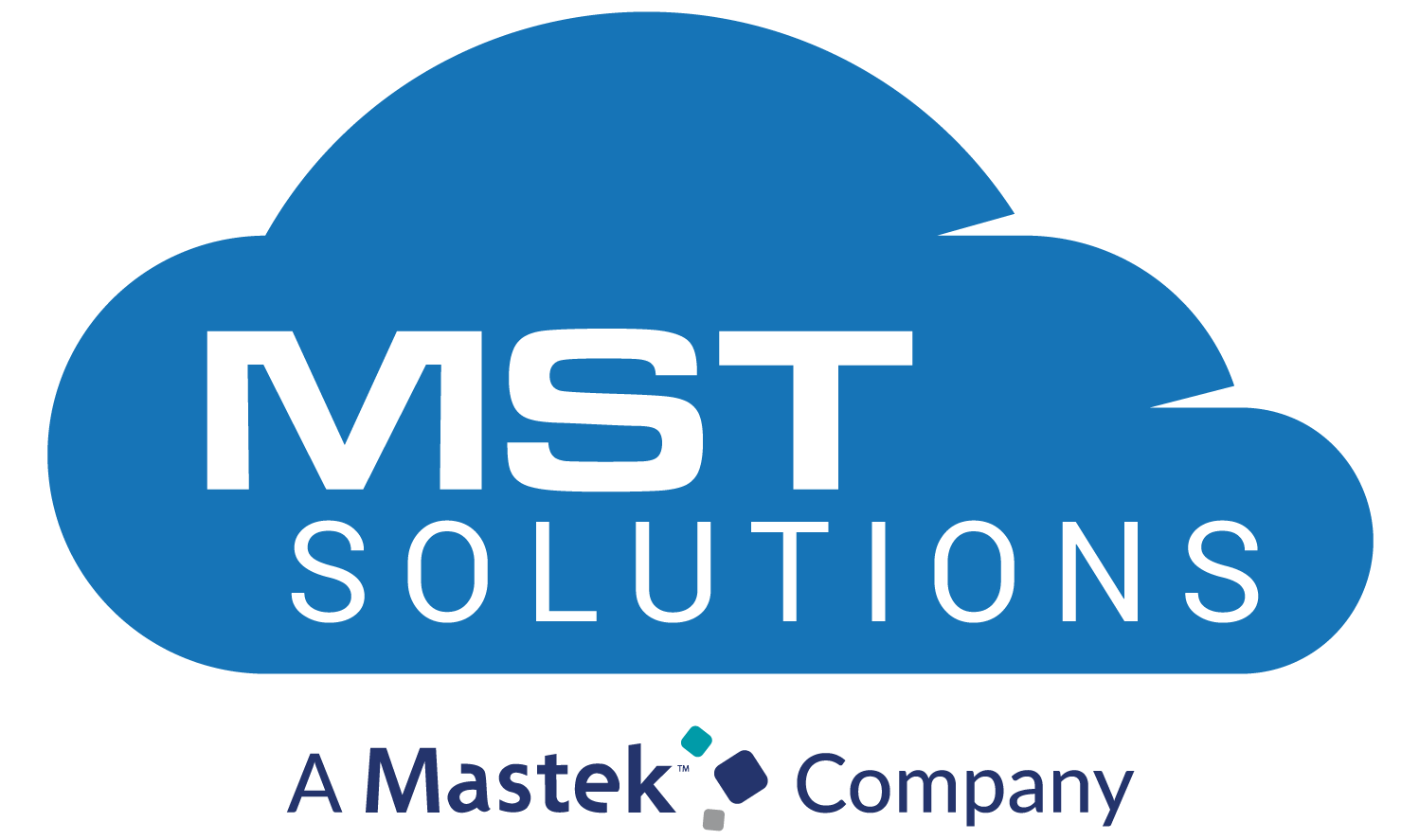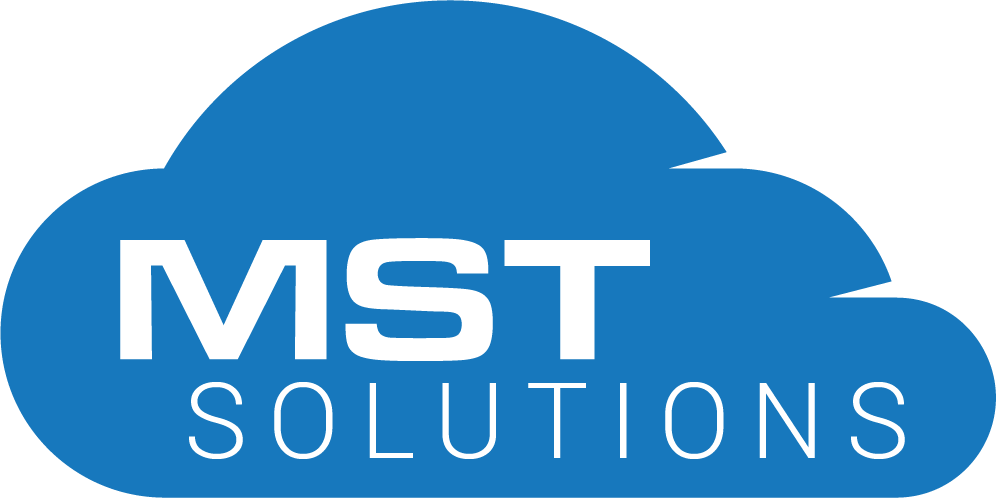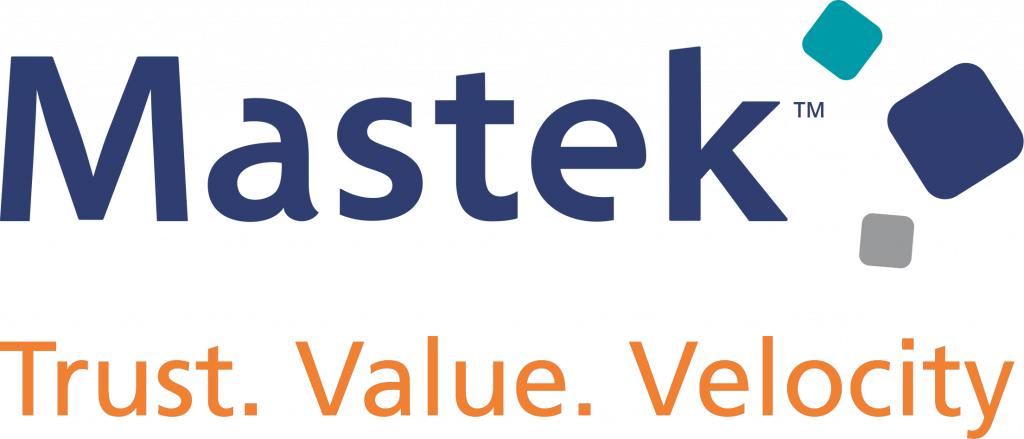That’s right. Yep, another acronym to place in your memory vault. H.E.D.A stands for “Higher Education Data Architecture.”
Take heed, I say. Since its release approximately a month ago, I have been evaluating the capabilities and they’re attractive!
So what’s the big deal anyway? Yes, Salesforce has been used in the higher education operations already. Yes, Salesforce has a dedicated practice to the non-profit and higher ed sector. And yes…. Salesforce has been proven as a viable option for connecting a campus’ constituency base around a student. Albeit, through very complex custom objects, modifications to standard objects and a slew of complex triggers.
HEDA has done much of this heavy lifting. As a former university registrar and admissions officer, who spent countless years managing student information systems in home grown systems, and as a former product owner for a higher ed Salesforce implementation, HEDA is fascinating and has a ton of upside.
The beauty of this initial release is that it was specifically and exclusively designed for the customer relationship that exist in university settings – centered around a student with many relationships and affiliations is where HEDA becomes powerful. Beyond these connection points are a variety of custom objects that are unique to the higher ed industry not the university itself.
Wait? I don’t have to create custom objects for course offerings, terms or academic programs? Nope.
This is quite an illuminating improvement for users (and the end consumer) of Salesforce in the higher ed administration world. This is not to say HEDA out of the box will fix all your problems or align exactly to your model. However, the purpose of HEDA is to give universities a jump start, not an out of the box solution that only fits one term or calendar model.
But wait! There’s more.
HEDA comes with an improved trigger handling architecture. An architecture built on best practices in trigger handling and management, it’s called TDTM: Table Driven Trigger Management. This means that each object will only have a single trigger that will pair up with the trigger handler to fire off the appropriate triggers in the correct order. I can’t forget to mention how this simplified design will accelerate debugging issues, too.
Take a look at the video below and stay tuned for more blogs on how HEDA can support and improve any higher ed institution regardless of the maturity of their legacy systems or Salesforce instance.
As told by Salesforce itself, heeeeeeeeere’s HEDA!



